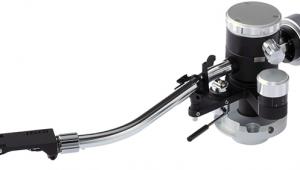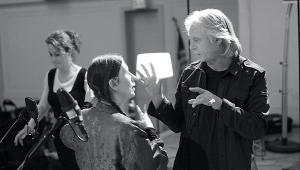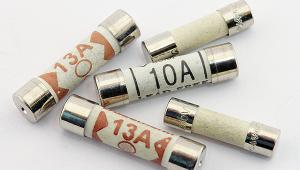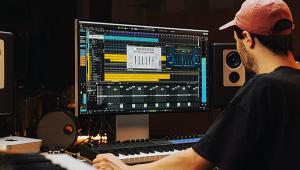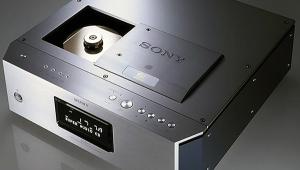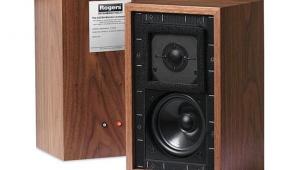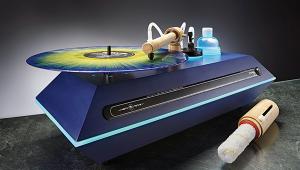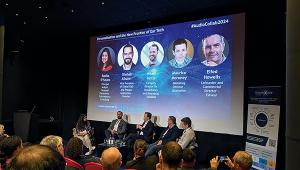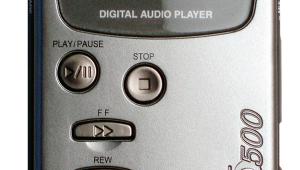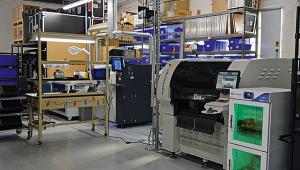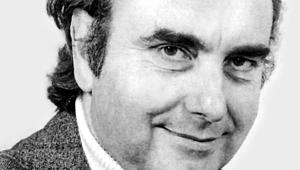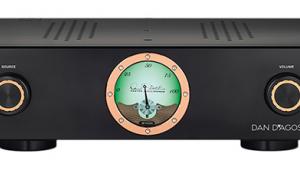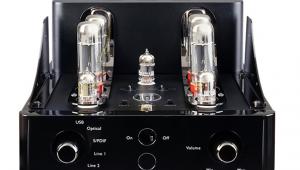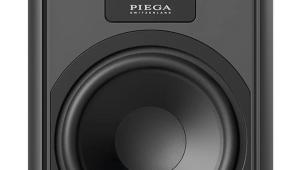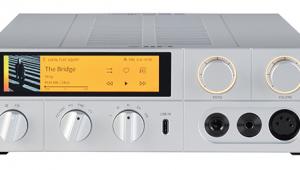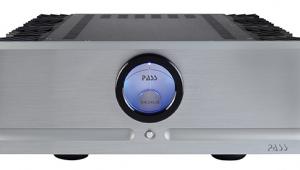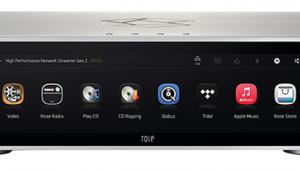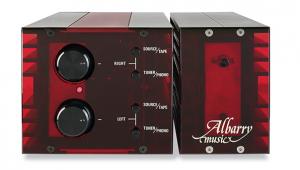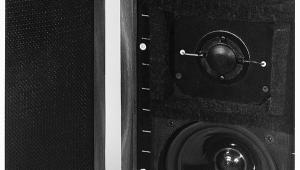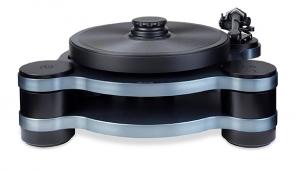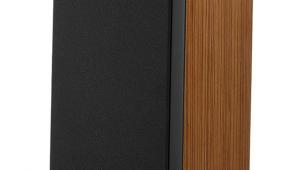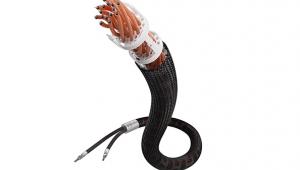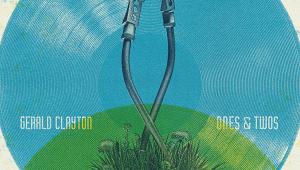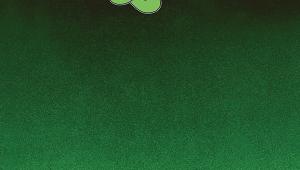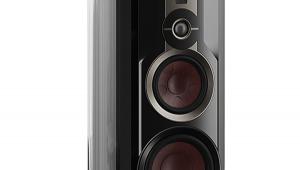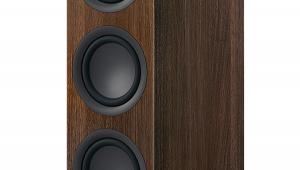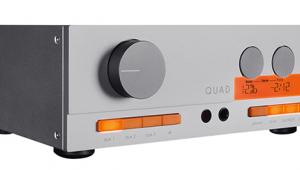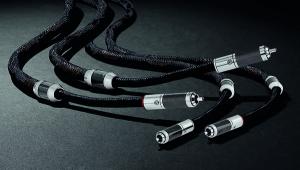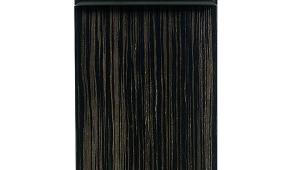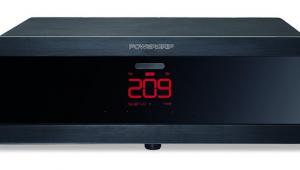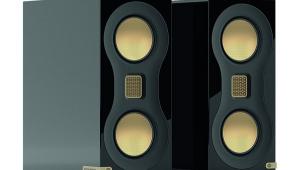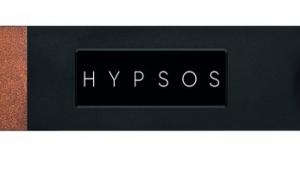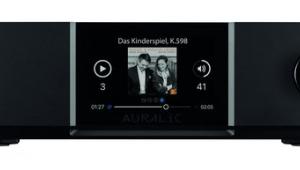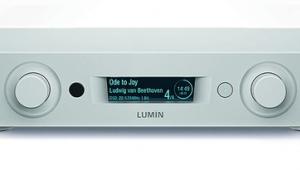Cutting your own vinyl
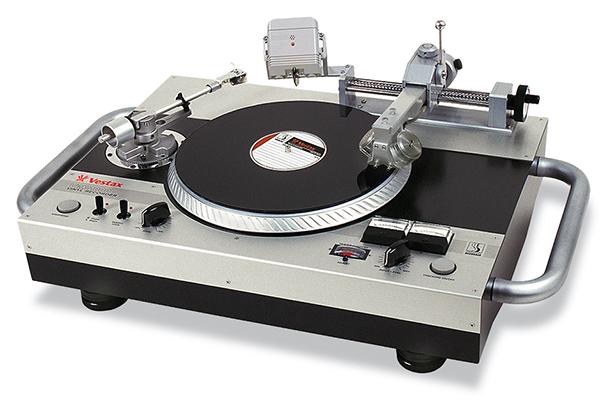
Ever wanted to cut your own vinyl discs? Well, it’s always been possible, one way or another. From the 1930s on, there were plenty of portable disc recorders, recording on special blanks with a paper or metal backing. US brands included Presto, Recordio and Rek-O-Kut.
But by the end of the 1950s, tape recording offered so many advantages that no one still wanted a home disc recorder. And after this, apart from some machines made by Hara of Japan in the 1970s, disc-cutting was pretty much strictly for the professionals.
Staying alive
When CD came along, dance music kept cutting studios and vinyl production alive into the 1990s. By then the rise of DJ culture had brought the vogue for dubplates – one-off test cuts on ‘acetates’ (actually lacquer on a metal backing plate) that allowed a DJ to play a track that no one else had.
Eventually, as digital systems took over, DJs could no longer rely on dubplates to give them exclusivity. But demand for one-off records continued, and it was found possible to cut straight on to vinyl or other plastics. Steve Mann was the first to cut grooves on a CD as an anti-digital protest around 1990. Many have done this since, and in Germany, for example, the Dr Dub studio has turned 12in LaserDiscs into 12in LPs. But to do this successfully at home, you need skill and experience – not to mention a roomful of equipment.
In 2000, Vestax of Japan tried to simplify things for musicians and home users, updating the home disc recorder concept with its all-in-one VRX-2000. Equalisation, level metering, power amplification and heating for the cutting stylus were all built in. Recordings of up to 14 minutes could be made, using blanks said to have similar durability to standard vinyl. Yet Vestax ceased manufacturing in 2014, and today the company is based in Hong Kong with a factory in mainland China. Refurbished VRX-2000 machines are supplied if and when they become available.
The VRX-2000 had only been around a couple of years when Fritz and Ulrich Sourisseau of Germany launched the VinylRecorder T560. Here the cutting head gantry is mounted on an existing Technics SL-1200 or SL-1210 turntable, and in the T560 'Starter Set', currently €3200, it comes with a 19in rack-mount control unit giving equalisation, groove spacing control and heating regulation.
To get up and running, you also need a mixer, power amplifiers, level meters and, ideally, a vacuum pump to suck away the swarf plus a good stereo microscope to examine the grooves.
Child's play
If that all sounds like too much hard work, and you merely want to experience the novelty of recording on disc, you can do this easily and cheaply with the PO-80 Record Factory from Teenage Engineering, the Stockholm-based company known for its battery powered synthesisers, samplers and other music-technology products. Made 'in collaboration with Yuri Suzuki', the PO-80 is apparently a version of the Toy Record Maker designed earlier by Suzuki and Jeff Mills for Gakken of Japan.
It is a doddle to operate. You simply plug in any audio source to the 3.5mm input and record on the supplied 5in (CD size!) blanks. It's definitely 'lo-fi' and its use, as far as Teenage Engineering's customers are concerned, will be as an effect. So if you just want to make an MP3 track sound worse, that's fine.
Return to sender
On the other hand, if you want to cut records with any pretension to quality, take a deep breath before you plunge in. There's a lot to learn, and the long-established Secret Society of Lathe Trolls forum (visit http://www.lathetrolls.com) is a good place to start.
Another option is to send away a favourite (digital) track to one of the companies offering 'lathe-cut' discs for around £30. However, can it really sound better on the vinyl?
